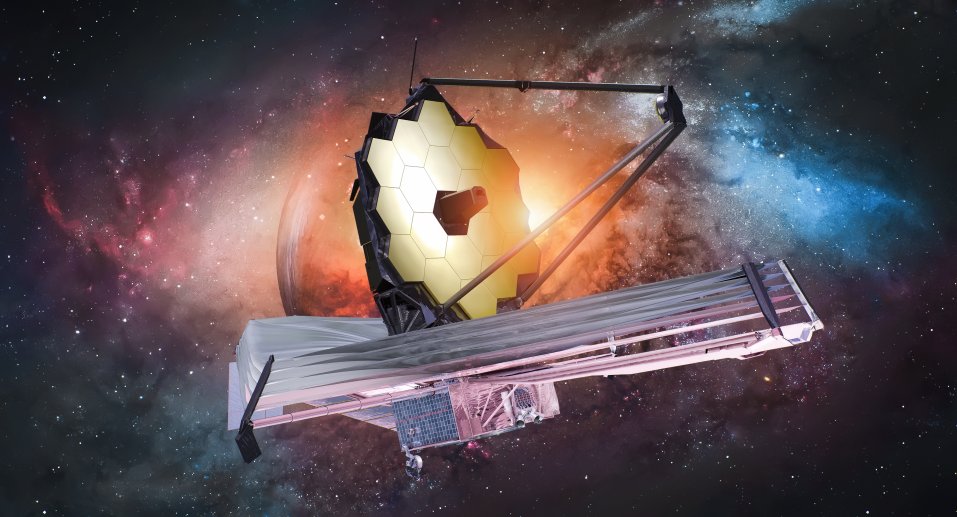
Jonathan Oppenheim(University College, London) is a contemporary theoretical physicist whose research focuses on the intersection of gravity and quantum mechanics. His work primarily involves exploring the foundational aspects of quantum mechanics, quantum information theory, and how these fields relate to gravity and black holes.
Overview of Jonathan Oppenheim’s Contributions
- Quantum Information Theory and Gravity:
- Oppenheim has contributed to the understanding of how quantum information theory can be applied to gravitational systems. Quantum information theory deals with the transmission, processing, and storage of information in quantum systems, and its principles can provide insights into the nature of spacetime and black holes.
- Black Hole Information Paradox:
- One of the significant problems in theoretical physics is the black hole information paradox, which questions whether information that falls into a black hole is lost forever or can be recovered. Oppenheim’s work has involved exploring how information might be preserved in the presence of black holes and the implications for the foundations of quantum mechanics and general relativity.
- Thermodynamics and Quantum Systems:
- He has explored the thermodynamics of quantum systems, particularly the second law of thermodynamics, and how it applies in quantum contexts. His research often involves studying the entropy and information flow in quantum systems, and how these concepts might extend to gravitational systems.
- Quantum Correlations and Entanglement:
- Oppenheim has studied quantum correlations and entanglement, which are central to understanding quantum mechanics’ non-local nature. These concepts are crucial when considering how quantum mechanics might reconcile with general relativity, especially in contexts like the early universe or near black holes.
- Holographic Principle and Quantum Gravity:
- The holographic principle, which posits that all the information contained within a volume of space can be described by a theory on the boundary of that space, is a significant concept in quantum gravity. Oppenheim’s work often intersects with this principle, exploring how quantum information and gravity are connected.
Key Papers and Research Areas
- Decoherence and Quantum Measurement:
- Oppenheim has investigated the process of decoherence, where quantum systems lose their quantum properties due to interactions with their environment. This research is vital for understanding the quantum-to-classical transition and the measurement problem in quantum mechanics.
- Resource Theories in Quantum Mechanics:
- He has contributed to the development of resource theories, which quantify the resources needed to perform certain tasks in quantum information theory. These theories help understand the limitations and capabilities of quantum systems, including how they might interact with gravitational systems.
- Quantum Foundations:
- Much of Oppenheim’s work is concerned with the foundational questions of quantum mechanics. This includes studying how classical concepts like causality and locality emerge from quantum systems and how quantum mechanics can be interpreted in various physical contexts.
Conclusion
Jonathan Oppenheim’s research is at the cutting edge of theoretical physics, exploring how quantum mechanics can be unified with general relativity and how information theory principles apply to gravitational systems. His contributions help pave the way toward a deeper understanding of the universe’s fundamental workings, addressing some of the most profound questions in modern physics.



